Google Ads, previously known as Google AdWords, is an online advertising platform that allows businesses to create and display ads on Google’s search results pages. YouTube, and other websites. Understanding the different types of Google Ads is crucial for businesses looking to optimize their advertising campaigns and reach their target audience effectively.
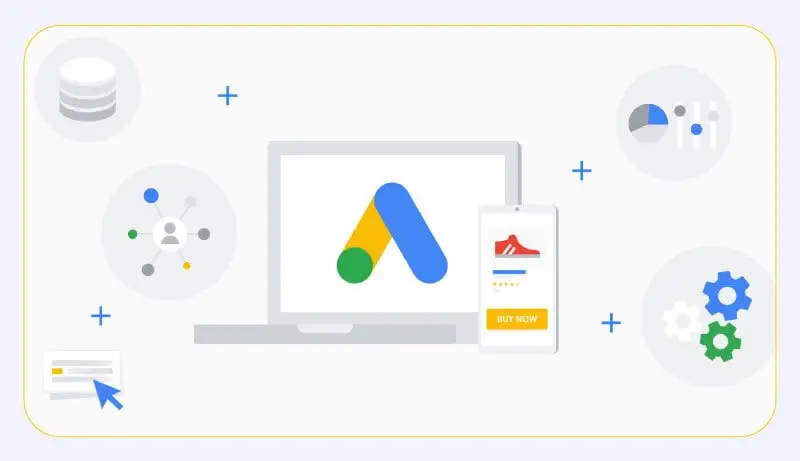
In this article, we will explore the various types of Google Ads and how businesses can use them to achieve their advertising goals.
Google Ads Campaign Types
Google Ads offers a range of campaign types to help businesses achieve their advertising goals. The following are the main types of Google Ads campaigns:
| Google Ads Type | Description |
|---|---|
| Search Ads | Text-based ads that appear at the top and bottom of Google search results pages |
| Display Ads | Visual ads that appear on websites that are part of Google’s Display Network |
| Video Ads | Ads that appear before, during, or after videos on YouTube and other video-sharing sites |
| Shopping Ads | Ads that appear at the top of Google search results pages and on Google Shopping, featuring product image and price |
| App Ads | Ads that appear within mobile apps that are part of the Google AdMob network |
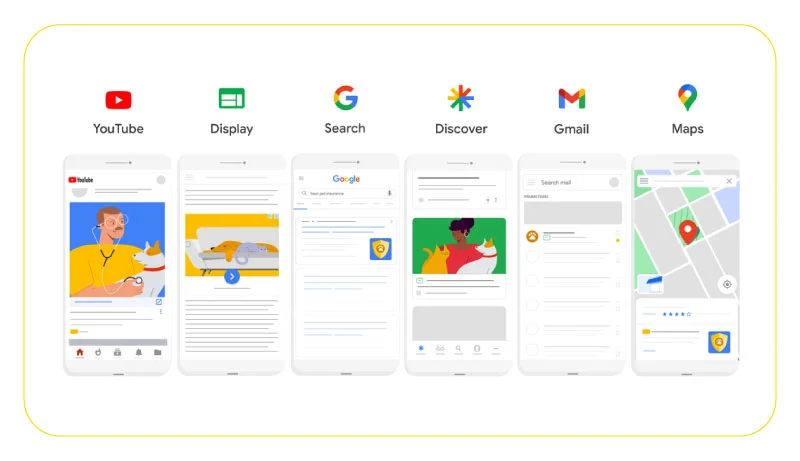
Each campaign type offers different targeting options, including keywords, audiences, and placements. By understanding these options, advertisers can create campaigns that reach the right audience and achieve their advertising goals.
Choosing the Right Type of Google Ads
Choosing the right type of Google Ads for your business is crucial for achieving your advertising goals. Here are some factors to consider when selecting the right type of Google Ads:
- Advertising Goals: The first step in selecting the right type of Google Ads is to identify your advertising goals. Are you looking to drive website traffic, generate leads, or increase brand awareness? Each campaign type has its strengths and weaknesses, and understanding your goals can help you choose the type that aligns with your objectives.
- Target Audience: The second factor to consider is your target audience. Understanding your audience’s demographics, interests, and behavior can help you select the right campaign type and tailor your ad messaging accordingly.
- Budget: Different campaign types have different costs, and your budget will play a significant role in choosing the right type of Google Ads. You need to consider the cost per click (CPC), ad spend, and expected return on investment (ROI) when selecting a campaign type.
- Ad Format: Each campaign type has its ad formats, and choosing the right format can help you achieve better results. For instance, if you have high-quality visuals or videos, display or video ads may be more effective.
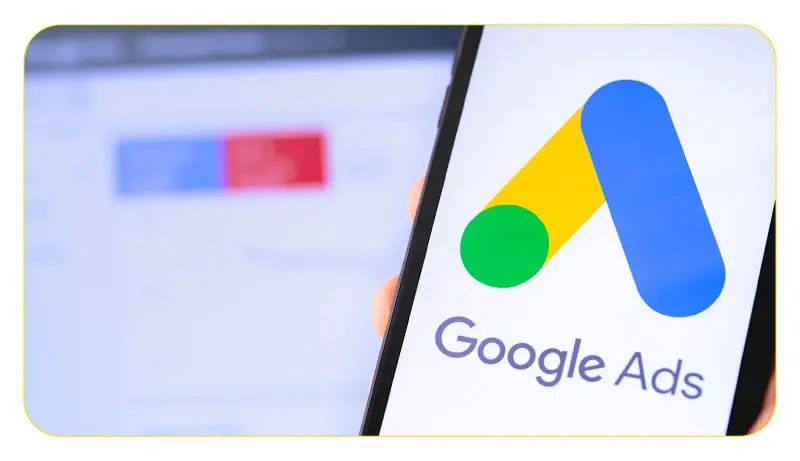
Once you have selected the right type of Google Ads, it’s essential to optimize your campaigns to achieve maximum performance. Some tips for optimizing campaigns based on the chosen campaign type include:
- Writing compelling ad copy that aligns with your advertising goals and target audience.
- Using high-quality visuals, videos, or interactive elements to capture user attention.
- Targeting the right audience and refining your targeting over time based on campaign performance.
- Continuously monitoring and analyzing campaign performance metrics such as click-through rate (CTR), conversion rate, and cost per conversion to optimize your ad campaigns.
In conclusion, understanding the different types of Google Ads and selecting the right campaign type for a business is essential for creating successful advertising campaigns. By considering factors such as campaign goals, target audience, and budget, businesses can choose the most effective campaign type and optimize their campaigns for maximum impact.
It’s also important to regularly monitor and analyze campaign performance to identify areas for improvement and make necessary adjustments. By using tools such as Google Analytics and regularly reviewing key performance metrics, businesses can ensure that their Google Ads campaigns are meeting their advertising goals and driving real results.
Examples of Different Types of Google Ads
Google Ads offers a range of campaign types that cater to diverse marketing needs. Here are some examples of successful campaigns using different Google Ads campaign types:
- Search Ads: In 2019, a company called Watermark Learning achieved a 300% increase in conversions by running Search Ads that targeted people searching for project management courses. The company used targeted keywords and ad copy that resonated with their target audience to achieve their desired results.
- Display Ads: The online furniture retailer, Wayfair, used Display Ads to target people who had visited their website but hadn’t made a purchase. The campaign used dynamic retargeting ads that featured the exact products the users had viewed on Wayfair’s website, resulting in a 3x increase in conversions.
- Video Ads: In 2020, BMW launched a video campaign for their i4 electric car, which featured a futuristic and environmentally friendly theme. The campaign ran on YouTube and achieved over 20 million views, generating significant brand awareness and interest in the new vehicle.
- Shopping Ads: In 2018, a clothing retailer called The Chivery increased their sales by 2,900% using Google Shopping Ads. The company used high-quality product images, clear pricing, and compelling ad copy to capture the attention of shoppers and drive sales.
- App Ads: The meditation app, Headspace, ran a successful App Ad campaign that used Google AdMob’s targeting options to reach people who were interested in mindfulness and wellness. The campaign achieved a 27% decrease in cost per install and a 16% increase in app ratings, resulting in improved visibility and higher user engagement.
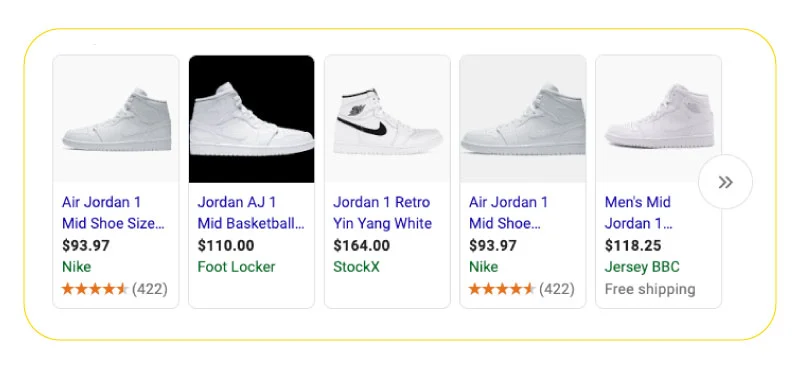
These examples demonstrate the versatility and effectiveness of different Google Ads campaign types when used strategically and creatively.
Google Advertising Options
Google offers other advertising options besides Google Ads that can help businesses reach their target audience. Two such options are Google AdSense and Google AdMob.
Google AdSense is a program that allows website owners to earn revenue by displaying ads on their sites. AdSense works by matching ads to the content on a website. When a user clicks on an ad, the website owner earns a share of the revenue generated by the click. AdSense is a great option for website owners who want to monetize their sites without having to sell their own products or services.
Google AdMob is a platform that allows businesses to advertise within mobile apps. AdMob provides a range of ad formats, including banner ads, interstitial ads, and rewarded video ads. Advertisers can use AdMob to target specific audiences based on factors such as demographics and app usage. AdMob is a great option for businesses looking to reach users who spend a lot of time on mobile devices.
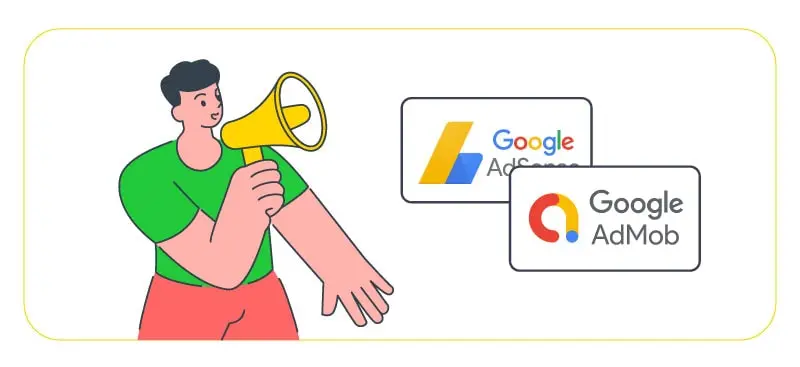
Google AdSense is another advertising option offered by Google that allows publishers to monetize their website traffic by displaying ads on their site. AdSense is a cost-per-click (CPC) program, which means that publishers earn money when users click on the ads. AdSense ads can be displayed on a variety of content, including text, images, videos, and interactive elements, and can be customized to match the look and feel of the publisher’s website.
Google AdMob is a mobile advertising platform that allows app developers to monetize their mobile apps by displaying ads within their apps. AdMob supports a variety of ad formats, including banner ads, interstitial ads, native ads, and rewarded video ads. AdMob also provides app analytics and insights to help developers optimize their ad campaigns and increase revenue.
Overall, Google offers a wide range of advertising options for businesses and publishers, each with its own unique features and benefits. By understanding the different types of Google Ads and advertising options available, businesses can create effective ad campaigns that reach their target audience and achieve their marketing goals.
Conclusion
In conclusion, understanding the different types of Google Ads and selecting the right type for your business is crucial for a successful advertising campaign. Each campaign type offers unique targeting options and ad formats to suit specific business goals. It’s essential to regularly monitor and optimize campaigns to improve their performance and maximize return on investment. Google Ads also offers other advertising options such as Google AdSense and Google AdMob, which can be used in conjunction with the main campaign types to further reach audiences and drive conversions. By leveraging the right Google advertising options and consistently optimizing campaigns, businesses can effectively reach their target audience and achieve their advertising goals.
FAQs
What are the different types of Google Ads?
There are five main types of Google Ads: Search Ads, Display Ads, Video Ads, Shopping Ads, and App Ads.
How do I choose the right type of Google Ads for my business?
To choose the right type of Google Ads for your business, you should consider your marketing goals, target audience, budget, and the products or services you are promoting. Each type of Google Ad has unique features and targeting options, so it’s important to select the one that aligns with your goals and audience.
What is the difference between Search Ads and Display Ads on Google Ads?
Search Ads are text-based ads that appear at the top and bottom of Google search results pages, while Display Ads are visual ads that appear on websites that are part of Google’s Display Network. Search Ads are triggered by specific keywords that advertisers bid on, while Display Ads can be targeted to specific audiences based on factors such as demographics, interests, and browsing behavior.
How do Shopping Ads work on Google Ads?
Shopping Ads are ads that appear at the top of Google search results pages and on Google Shopping. They feature a product image, price, and store name, making them ideal for e-commerce businesses. Shopping Ads are based on a product feed that advertisers submit to Google Merchant Center, which includes information about each product such as title, image, price, and description. Advertisers then bid on specific product categories or individual products to show their Shopping Ads to relevant audiences.
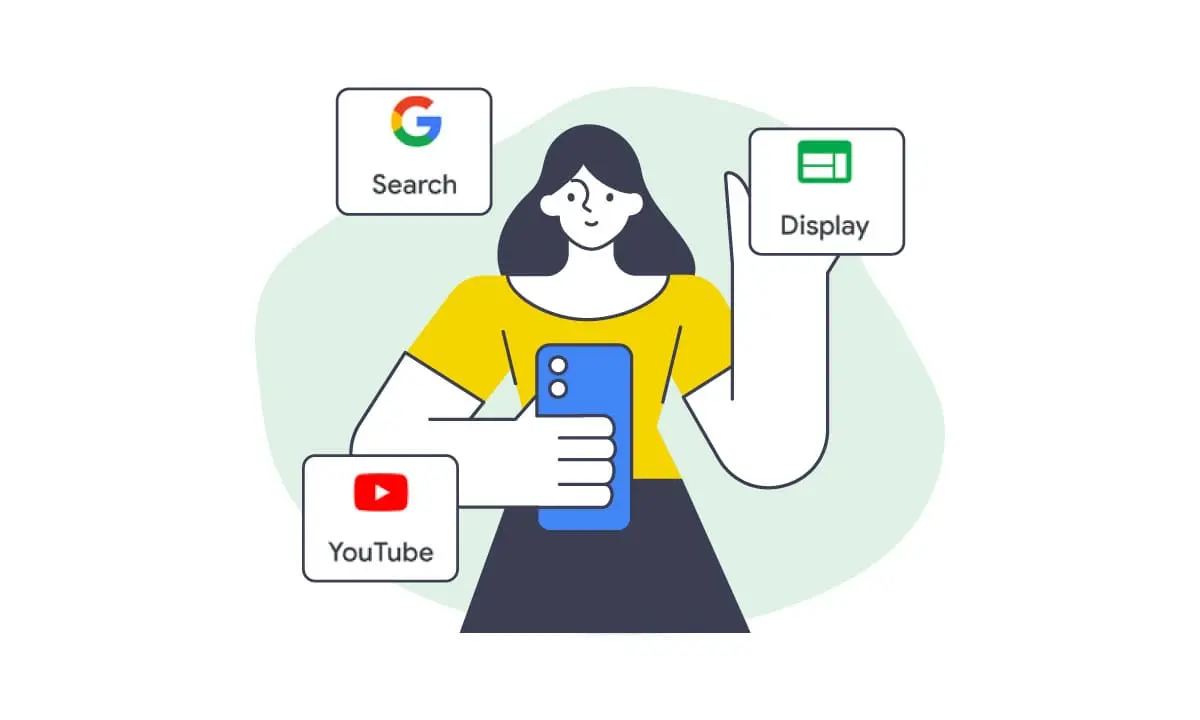






 Facebook Ads Spy Tool
Facebook Ads Spy Tool TikTok Ads Spy Tool
TikTok Ads Spy Tool